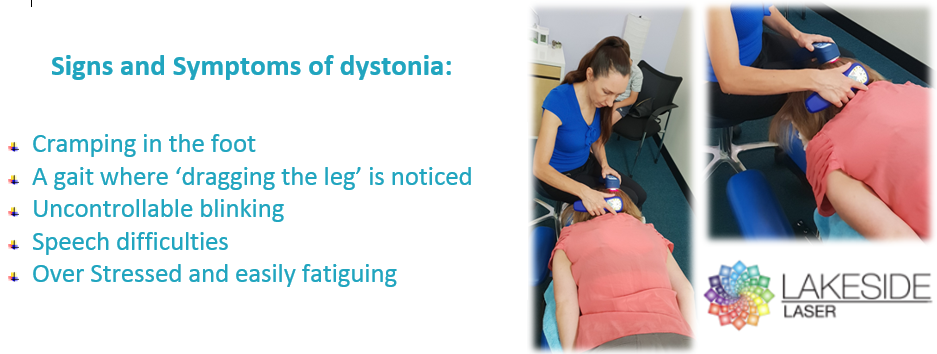Linda Schiller
Dr. Linda Schiller has over 30 years work experience and has been a practicing chiropractor and low-laser technician in the Australia, UK and South Africa since 1998, you can now access her Low level laser and Chiropractic care in Gnangara, Northern Suburbs Perth, Australia, to get you back on the road to health. Dr Schiller has been named 1 of the 3 best Chiropractors in Perth.
